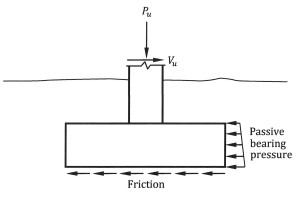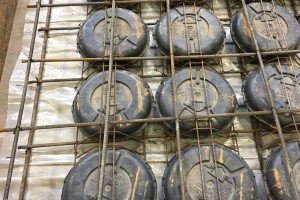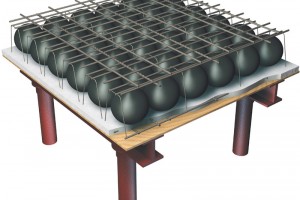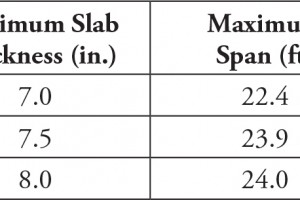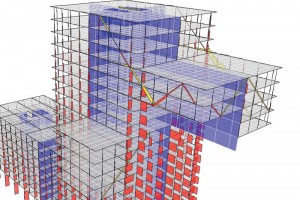Design for SDC D, E, and F Buildings
This article presents an overview of the design requirements for shallow reinforced concrete foundations (spread footings and mat foundations) supporting buildings assigned to Seismic Design Category (SDC) D, E, or F. Also included is a proposed design method that goes beyond requirements in current codes and standards. Although the following discussion focuses exclusively on spread footings supporting members of the seismic-force-resisting system (SFRS), it is also applicable to mat foundations. …

